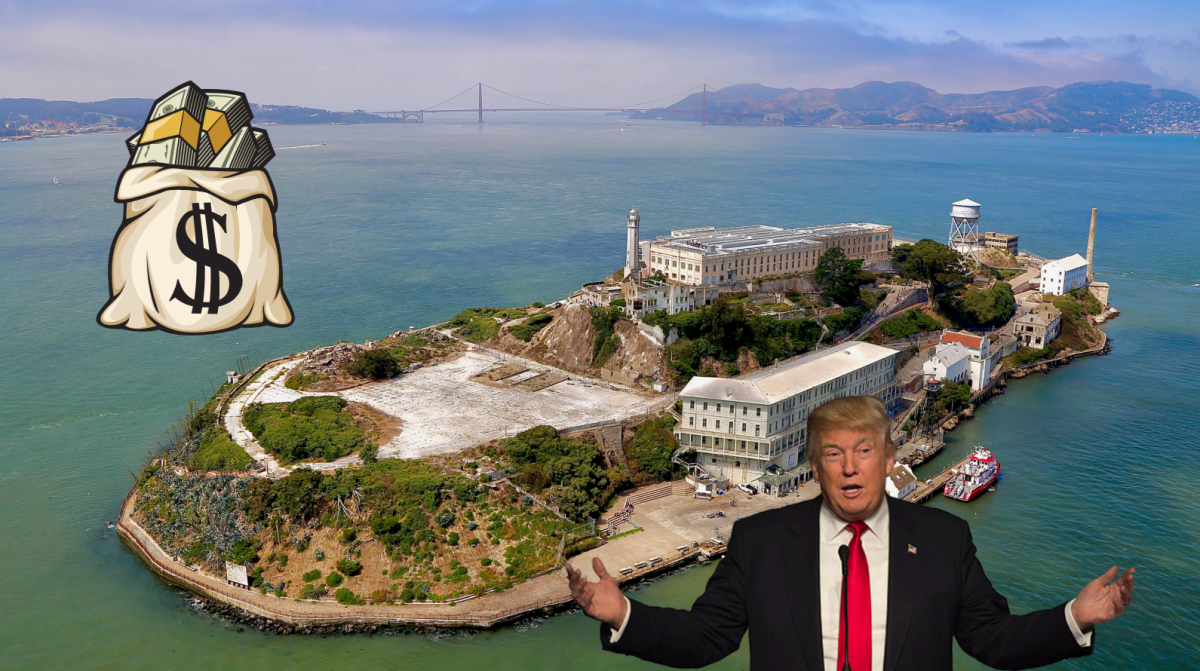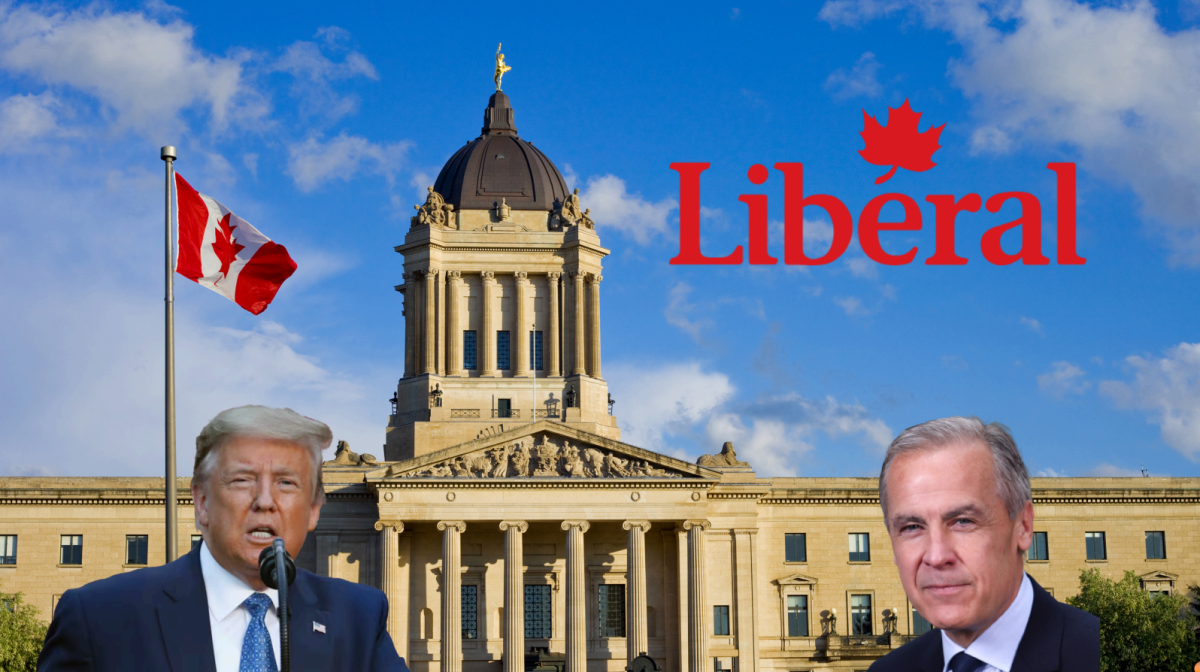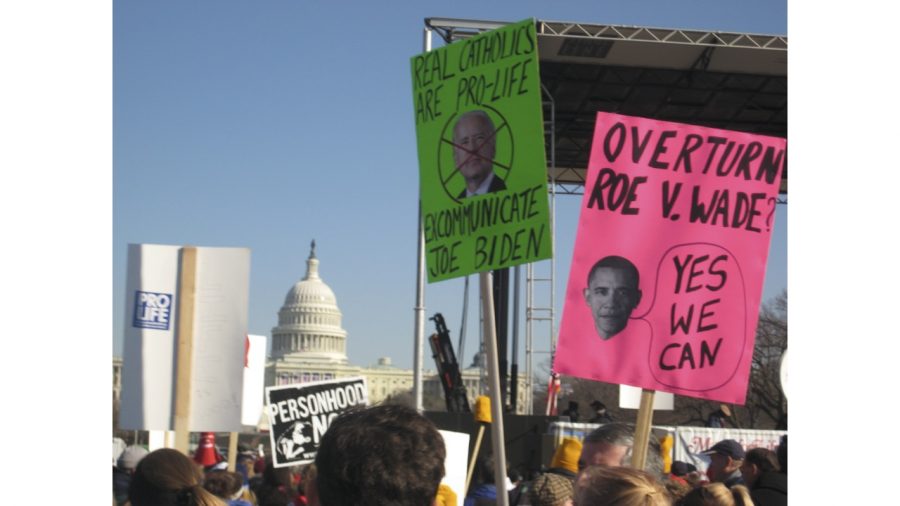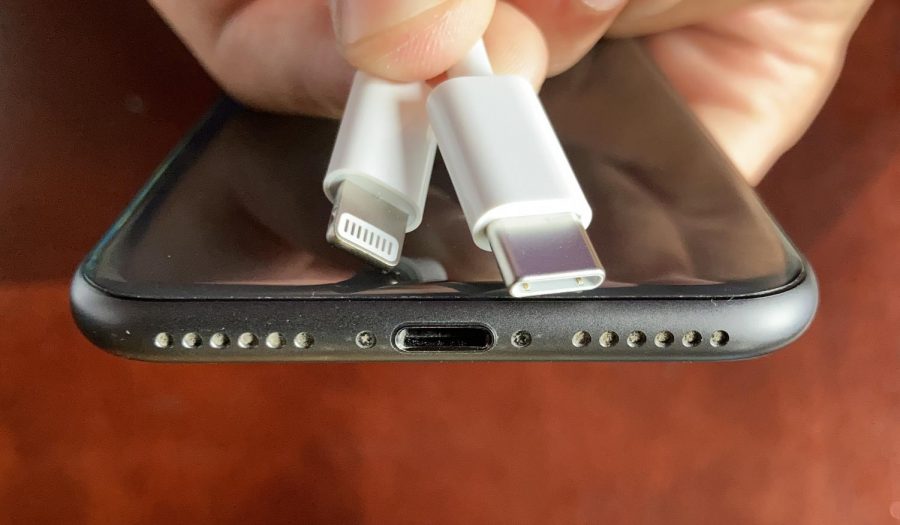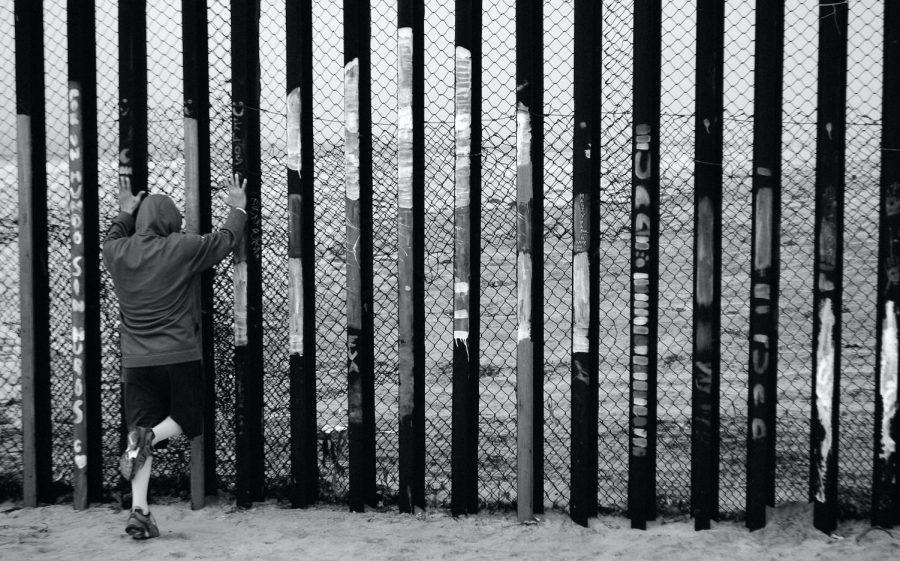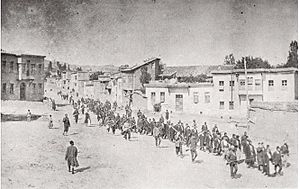The United States has been pulling more than its own weight when it comes to defense spending within N.A.T.O. On Friday, the U.S. Secretary of State Rex Tillerson told the allies of N.A.T.O. to increase their defense spending to reach the guideline of 2% of the nation’s GDP. Tillerson is giving them until the next N.A.T.O. meeting with President Trump in two months on May 25 to do so. In 2014, the leaders of N.A.T.O. agreed to stop cutting defense spending and increase it to the minimum 2% GDP, but since then, only the United States, Britain, Estonia, Greece, and Poland have reached that minimum target. Trump stated that aid may not come to countries if they continue to ignore the spending rules of N.A.T.O.
This is not the plan as of now, and Tillerson said, “We understand that a threat against one of us is a threat against all of us, and we will respond accordingly. We will uphold the agreements we have made to defend our allies.”
Michael Meyer, senior, said, “I think it’s fair to call out our allies for not meeting the expectations. They’ve had three years to increase their spending, it’s time for them to pull their weight.”
The U.S. is currently spending the highest percentage of its GDP at 3.61%, after a decrease in spending over the past few years. Many nations within the alliance don’t think it’s necessary to spend 2% of their GDP on defense. Germany currently spends 1.19%, or $37 billion. They don’t think it’s reasonable to double that, which would have them spending more money on defense than Russia.
Canada thinks that capabilities should be the main measurement of how much a country must spend, not money. They think they are doing their share of duties. Recently, they deployed troops to Latvia to help deter any thoughts of an attack by the Russians.
Connor Hughes, junior, said, “I think that if a country is actively doing something to help their allies, they shouldn’t have to pay as much. If they are just sitting back and watching, they should be required to spend more to help their allies.”



